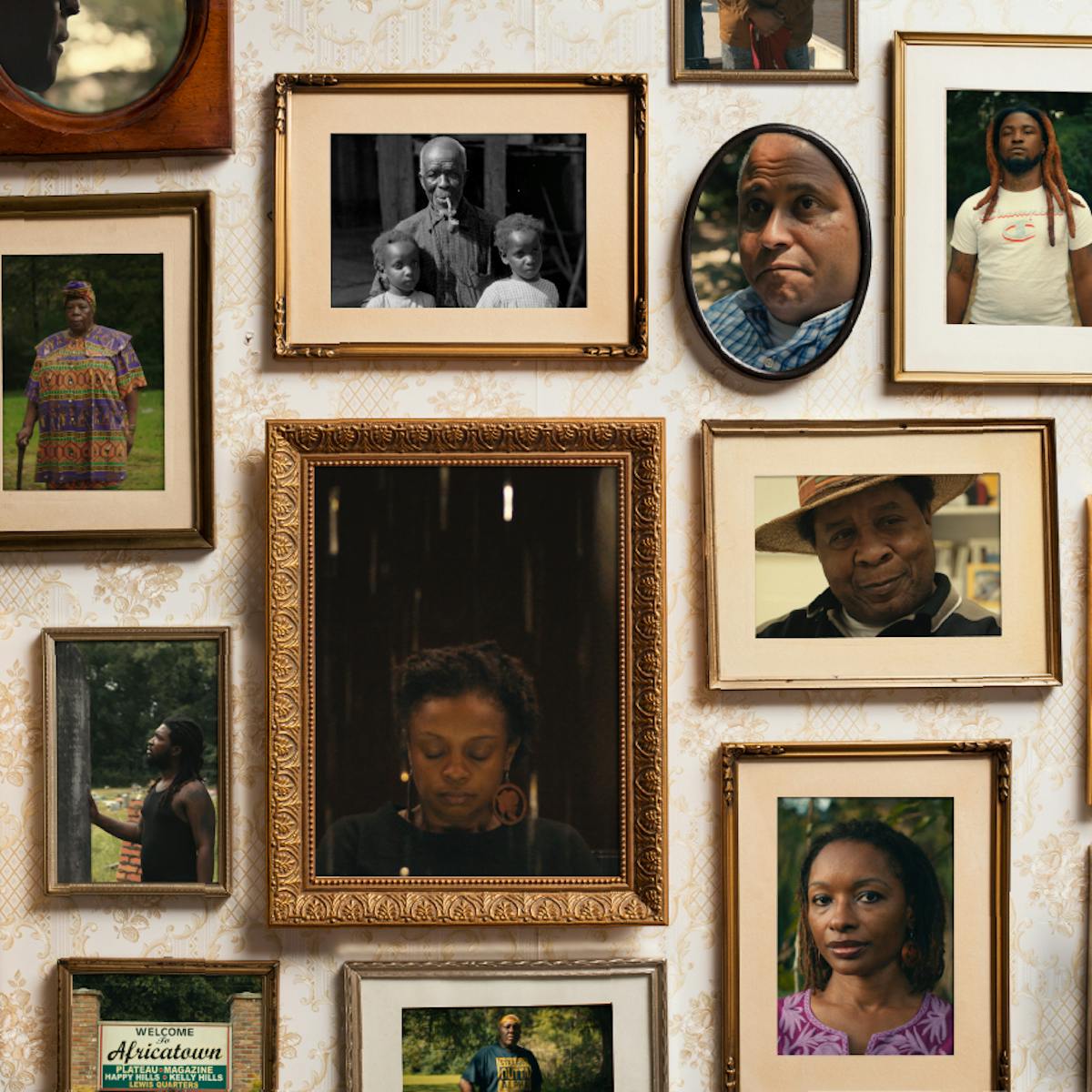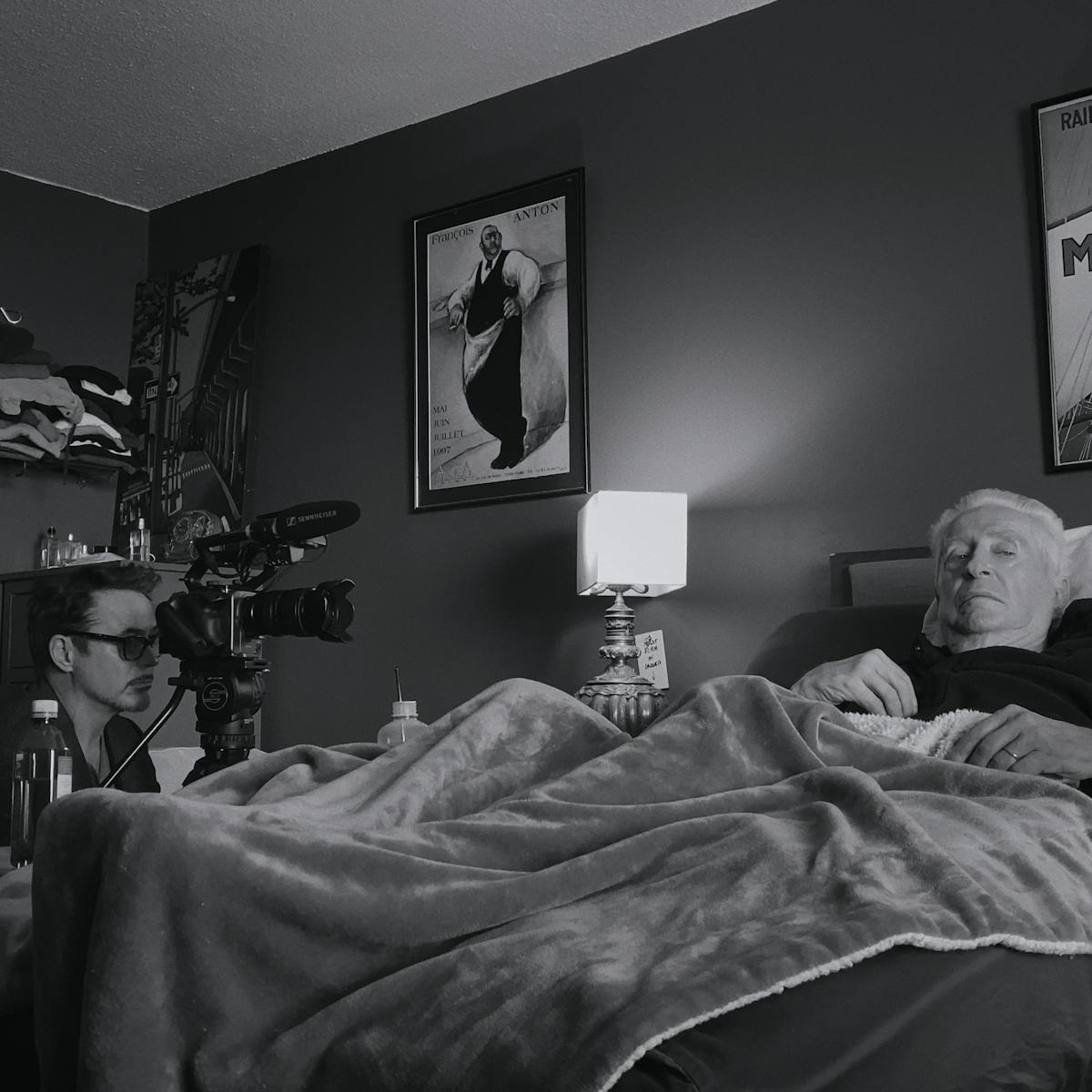In this roundtable discussion, the documentary’s producers discuss why it took a village to bring the film to life.
As director Margaret Brown was filming The Order of Myths, her 2008 documentary on Mobile, Alabama’s segregated Mardi Gras culture and the mystic society clubs that preside over the annual festivities, she came to a shocking realization: Both the Black and white Mardi Gras queens shared in the legacy of the Clotilda, the last known slave ship whose history was shrouded in secrecy and local lore. Brown set out to make a documentary on the Clotilda, which became 2022’s Descendant.
In 1860, some 50 years after the transatlantic slave trade was ruled a crime punishable by death, a drunken bet led Timothy Meaher to send his ship, the Clotilda, to Dahomey, West Africa, illegally carrying 110 Africans to work as slaves in Mobile, Alabama. The ship was sunk and never found (until 2019), and the crime wasn’t openly spoken about in white circles. But amongst the Black community, the story of the Clotilda was passed down through generations and kept alive by the descendants of the ship’s captives, who eventually settled in Africatown and formed organizations and community circles to honor the legacy of their ancestors.
Much in the vein of her previous documentary, The Order of Myths, Brown conceived of Descendant as a vérité piece, wherein the story unfolds to the viewer at the same time as the director. Unbeknownst to Brown, her second documentary would deviate; the revealing nature of The Order of Myths had rubbed some white Mobile residents the wrong way and, one by one, they declined to participate in Descendant, effectively narrowing the wide, nuanced view that Brown had hoped to capture. The director quickly realized that as a white woman, her role as director would require her to be a conduit for this uniquely African American story, as she shifted to center members of Africatown’s vibrant descendant community including Veda Tunstall and Joycelyn Davis. Throughout the film, the two are shown contending with the legacy that the Clotilda has wrought, and organizing for the overdue justice that they’d like to secure for future generations.
By Brown’s side throughout the journey of bringing Descendant to the screen was her team of producers. She enlisted Essie Chambers, a writer and media specialist with 20 years of experience as a storyteller in film and television; and Kyle Martin, whose previous credits include the HBO documentaries The Vow and Jagged. Brown also tapped Dr. Kern Jackson, an esteemed folklorist and the director of the African American studies program at the University of South Alabama, who worked with her on The Order of Myths, to join as a co-producer and co-writer of the documentary.
In a roundtable conversation at the Martha’s Vineyard African American Film Festival, producers Chambers, Martin, and Jackson discuss how they helped Brown weave the narrative threads of the documentary and bring the story of Africatown and the descendant community to the world.
An edited version of the conversation follows.
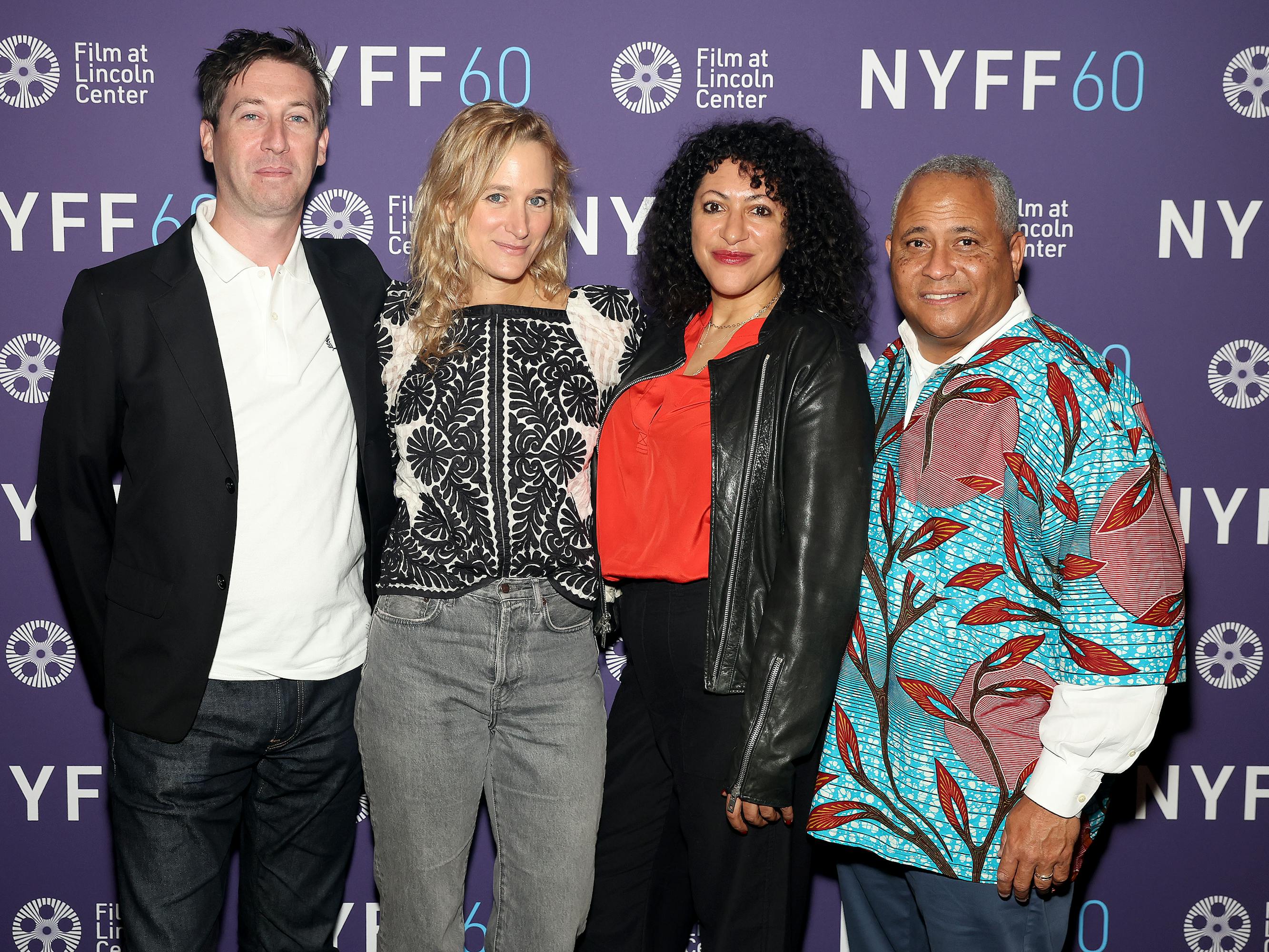
Kyle Martin, Margaret Brown, Essie Chambers, and Dr. Kern Jackson
Photograph by Monica Schipper
Deidre Dyer: How did each of you get involved in this film?
Dr. Kern Jackson: I would say that my journey starts at about four or five years old because my grandmother used to teach over at County Training School in Africatown and I would go with her. So I knew about Telegraph Road, the graveyard, Union Baptist Church, and all that. But when I came to Mobile to do some dissertation work as an adult, one of my aunties said, “You could study Carnival.” So she drove me out to Lewis Quarters and she said, “I want you to look around and I want you to see if you can address this as a folklorist.” And I said, “Yes, ma’am.”
Essie Chambers: So I’m going to go back too — not to four or five, but I am the daughter of activists who met in the civil rights movement. I gravitate toward things that are about social and racial justice. Margaret and I met at a writer’s residency. We had started talking about this project a year before it even started. We were having such interesting conversations that she asked me to join. I will say, I am a Black woman, but I am biracial. My sister had been doing our genealogy. On my white side, we could go back to a king of Scotland and on my Black side, we can [only] go back to great-great-aunt so-and-so. So just the idea of being able to be a part of these people who can connect back [in history] in a way that [not many Black people] in America can do was so profound and powerful to me. It just felt like an opportunity where they could be avatars for all of us — for hope, pain, fear, and all of the things. So that was how I came to it.
Kyle Martin: I had worked with Margaret before on other projects and I was a huge fan of her previous film, The Order of Myths. And so when she was telling me about what was going on around the Clotilda and the potential there, I just knew that her style of filmmaking, of just really spending a lot of time with people — getting to go deep, letting that time bring you in, and having people open up — and just knowing the capacity of opportunity for this particular project, I was like, “Yeah, absolutely. I’m on board.” And I think it totally worked out. Everything that you see on the screen is very much a result of just spending time in this area and allowing [the descendant community] to lead us, open up, and bring us in when they were ready. That was just something that I knew Margaret would be great at and that was exciting.
Jackson: What I realized was that Margaret had her own expertise in Southeast American culture. She knows the rhythm, the language, and the cues. Her people were deeply entrenched in Carnival. Her mama had been a Mardi Gras queen and her daddy used to head up one of the secret mystic societies. And so I was like, “Oh my God, she got all this access.” But what does access give you? It gives you a way to bring people together.
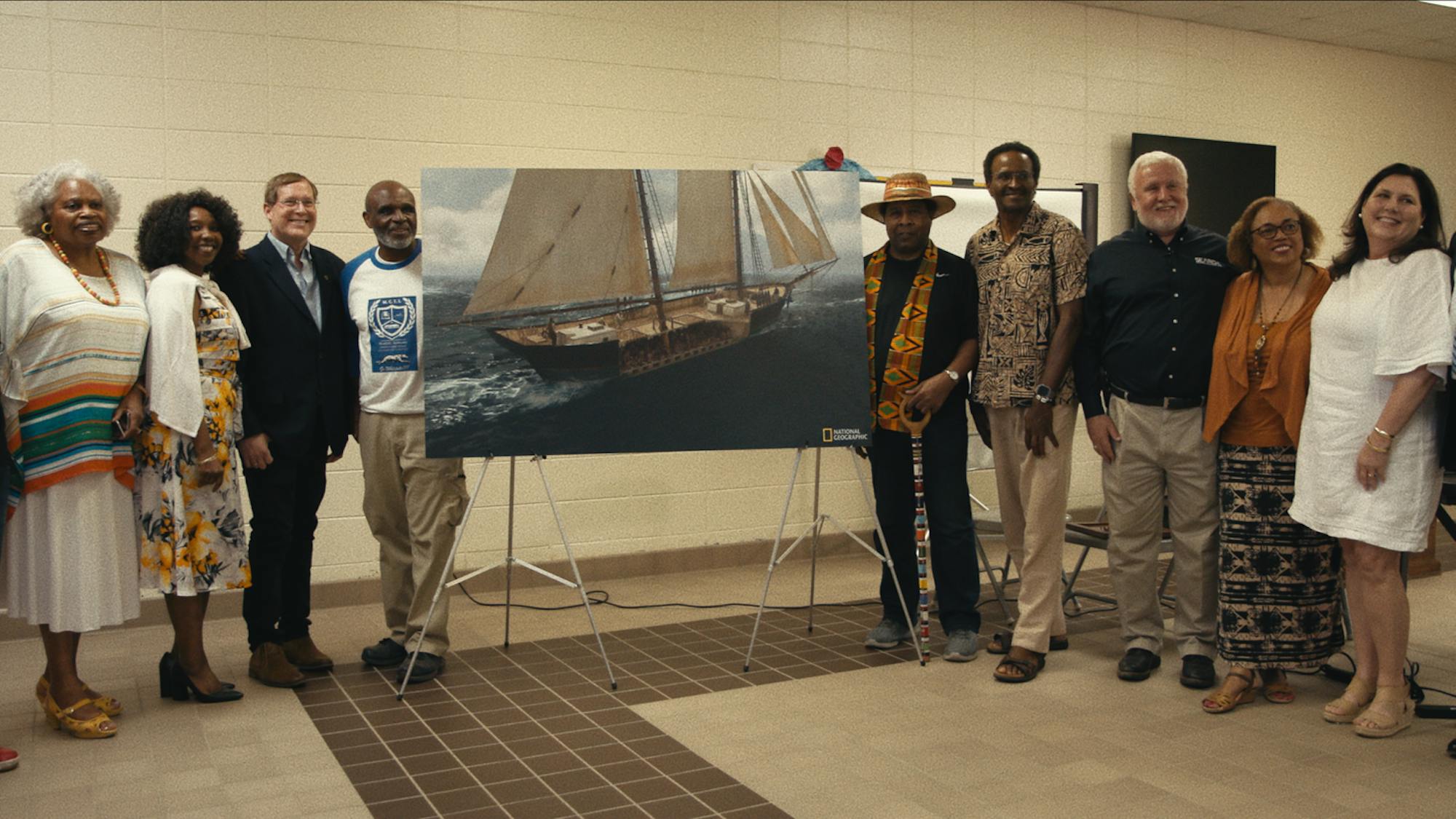
Some community members pose around a rendering of the Clotilda
What were some of the roadblocks that came along the way as you brought this documentary to life?
Chambers: COVID. It was smack in the middle of production. And this is a vérité film, so you’re finding the story as you go. And so I think the action didn’t just stop for the [descendant community]; it stopped for us and them. There was all of this momentum after the ship was found and then everything switched to Zoom meetings. And these are Black elders. We’re not going into that town and [putting them at risk of COVID] because they’re the story-keepers in this particular film.
Martin: I also think one of the big challenges was it was conceived of as similar to The Order of Myths, where it was like, “Let’s go talk to the Meaher family. Let’s get their version of history. Let’s see how they have it in their heads.” And nobody would talk to us. We just got totally shut out. So we had to reconceptualize the movie and just kind of start from scratch. That was a big challenge.
I think when she was making The Order of Myths, because her family had been a part of that society, she was welcomed in. And I think after they saw the movie, they were like, “Oh that’s what you’ve been trying to do? Never mind. We’re not talking to you ever again.” And I think it was what The Order of Myths achieved that became our roadblock. And you just lost the trust of that community.
Chambers: I will also say that as soon as you bring the ship into this, and the idea that the ship could be found, and that there could be D.N.A. on the ship, this could be a legitimate case for reparations. There are all sorts of rumors that [people] would be — we can’t verify this, obviously — disinherited if anyone spoke out. So I think that between The Order of Myths and this film, the stakes completely changed for them.
Martin: I think the boat itself is a bit of a smoking gun in the conversation, so they might want to have nothing to do with it.
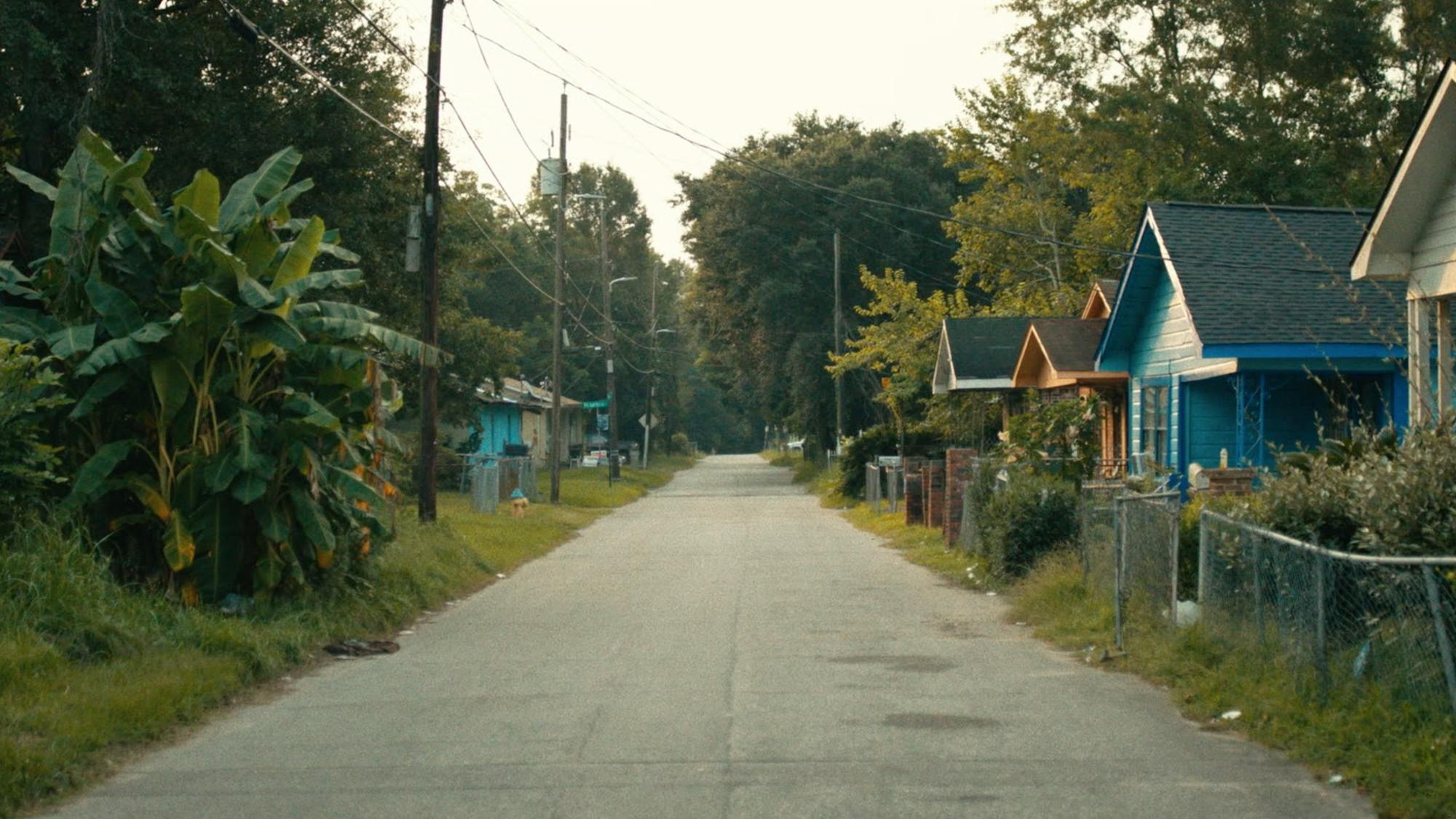
Thinking of how films often take on a second life in the editing process, how did this film evolve over time and in postproduction? Did it shift greatly?
Chambers: Completely. [The resiliency of the community] could have been one movie. The environmental story could have been another movie. This could have been five different movies. I think part of what happened in post was figuring out how to tell such a layered, complicated story in a way that allowed everyone to be dimensional and allowed enough history, but not too much history. So I think that what happened in post was our editor Michael [Bloch], who is an absolute genius, found the poetry, leaned into Mother Zora Neale [Hurston] as the connector, and found those tellers of stories.
Martin: Yeah. That was the big breakthrough. The other breakthrough that happened at the same moment was when we saw Kern’s archive and we got hip to Zora Neale Hurston’s archive because then that was the glue. It was bringing to life this older generation that we had lost that is crucial because they were the gap generation between the original descendants, roots of Africans, and the people that we’re dealing with now. When Lorna [Woods, a fifth-generation resident of Africatown and member of the descendant community organization] does her celebration tying that together with Zora Neale Hurston, it became about preserving stories and sharing stories.
Chambers: And it was anchored by these two griots, Kern and Zora Neale. And now Joycelyn and the passing of the baton.
Jackson: I think the thing that perpetuates this story is the fact that the people of Africatown, although all are not blood-related, although all are not related to the Clotilda, are kin. This has been the one location in Mobile County where there’s been absolute resistance to certain types of repression. Absolute resiliency and so forth. So, what we say is, as people of color, these people have been holding it down.
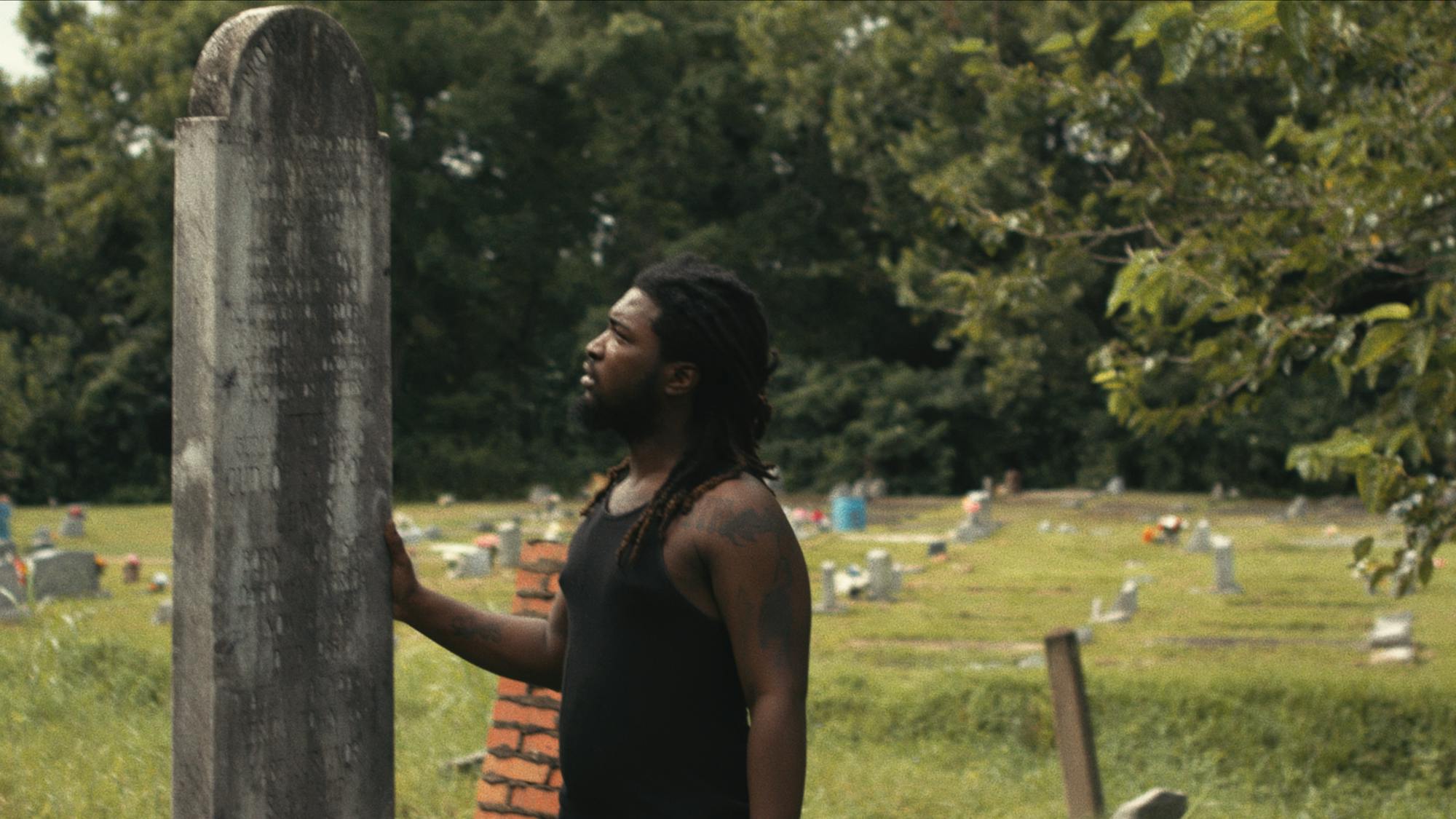
Emmett Lewis
What do you want viewers to take away from this documentary?
Chambers: Obviously we want to change history for this community, so we want everyone to tell the story. We are going to figure out ways to direct people so that they can actually help the different work [that’s happening within the descendant community]. They’re all social activists. They have been doing the work for years and so, we want the film to amplify the work that’s already happening. The hope is that people lend resources, time, and energy to this community to amplify them. And then I think, more broadly, find your own family stories. Tell them. We are at a moment in time with crazy race theories, Black erasure. And so telling the narrative changes politics and policy, so keep telling the story.
Jackson: What I hope this film sheds light on is the trauma that [Clotilda] has forced the Africatown community into. And how it has created opportunities for them to receive justice in whatever form they need justice to look like. More broadly, I think that this film sheds light on a specific type of experience, allowing people to witness the way in which institutionalized racism can take hold when misdeeds go unspoken. That’s the power of the story. The story is . . . Man, you couldn’t kill this story. And people tried. We’re talking about the current sociopolitical climate.
Chambers: That’s what’s at stake here.

